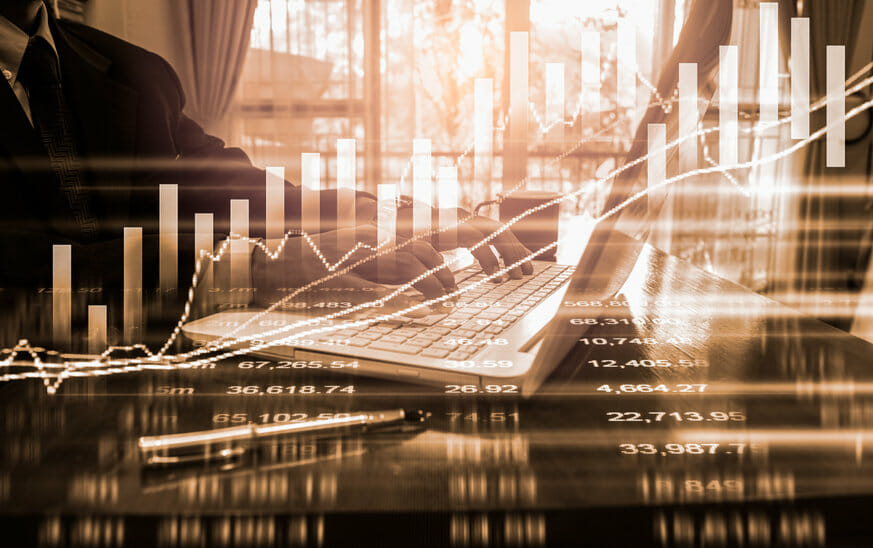Contracts for Difference (CFDs) have become more popular among traders looking to manage significant holdings with modest amounts of money since they can increase returns by means of leverage. This possibility for outsized reward, however, comes with proportionate risk. Under unstable market conditions, the same mechanism that increases profits can also, at an astonishing speed, magnify losses. Markets that change swiftly can surprise even seasoned traders unless they have learned the discipline to control risk precisely.
Turning possibility into practice with risk control
A trader’s approach to risk management in CFD trading is crucial for long-term success in leveraged markets. Many new entrants underestimate the significant accounting effects that small price changes can have under leverage, thereby concentrating solely on the reward. With ten times leverage, a 2% market move may translate into a 20% change in equity. Traders run the risk of liquidation or ongoing losses without implementing policies such as stop-loss placements, proper margin utilization, and adjusting position size according to volatility. In CFDs, safeguarding cash is equally as crucial as increasing it.
Recent shocks expose trader readiness issues
Traders have had several instructive moments in the last few years. Sharp market changes have come from sudden decreases in tech companies, oil market volatility, and geopolitical tensions. The traders who survived were not always the most aggressive; they were those who expected danger and acted preemptively. Preparation is often more useful than prediction, whether by establishing automated exit points or reducing exposure before planned economic data releases. Market volatility is unavoidable; how one reacts to it determines success.
The psychological basis of bad risk choices
Emotions subtly undermine trading. While an unexpected setback can trigger illogical choices, a winning streak can often lead to overconfidence. These feelings grow even more pronounced in CFD trading, where leverage increases the stakes. Even the most promising plan can be undone by the desire to pursue a loss or double a position in expectation of a rapid recovery. Smart traders establish strong guidelines before entering the market for this reason. They maintain control even when emotions run high by predefining their risk tolerance and adhering to it.
Retail investors can use institutional discipline
Though big institutions have sophisticated algorithms to reduce risk, retail traders can nevertheless follow many of their practices. All easily available techniques include regular journaling, applying trailing stops, market diversification, and reducing position size during periods of higher volatility. Learning how market movement changes in response to global news and policy shifts helps traders predict risk more accurately. Risk management is a mindset based on respect for market volatility, not only a technical checklist.
Fast markets: Surviving and thriving
In trading, especially with leveraged instruments like CFDs, the difference between success and failure can be extremely narrow. Longevity is not defined by the quantity of a trader’s profits but rather by their capacity to endure and adjust to certain losses. Risk management in CFD trading is the strategy, not something to be considered later. Smart traders in a fast-moving environment know that safeguarding their money today allows them to trade again tomorrow. That is how volatility is not simply managed but mastered.




